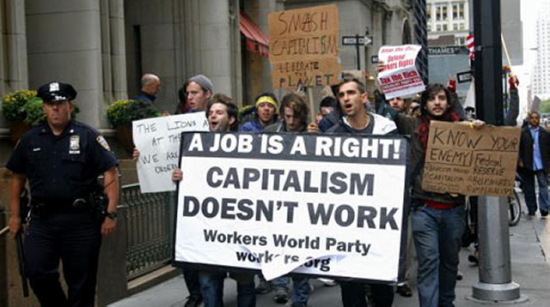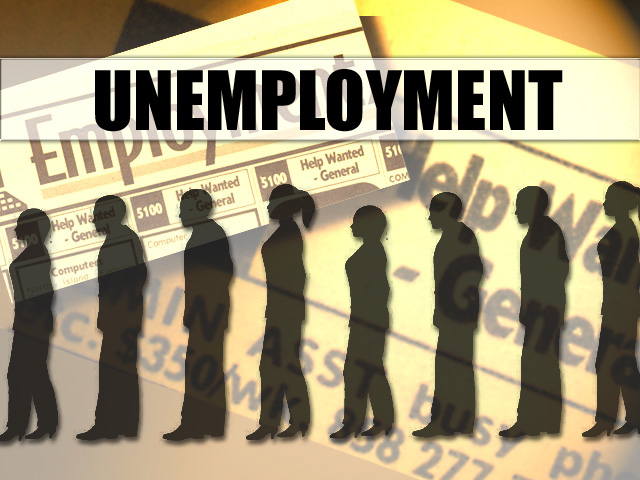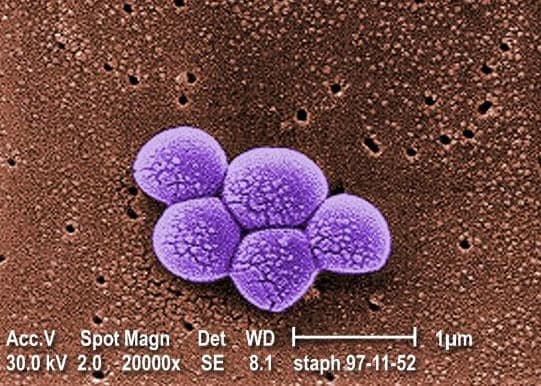The movie “Capitalism: A Love Story-Documentary” by Michael More is a picture of the real America without a mask. This is like watching USA without the “pink glasses” that the Hollywood movies usually give you.
https://www.youtube.com/watch?v=rgcdtOcfqfc
The movie starts with showing bank robberies. This is the first
thing we usually see when we turn on any T.V.station- police statistics. Everybody hears
the local police reports in the news, but nobody hears about the stolen money
from the American people by the big corporations and banks.
The association that was made between USA and agent Rome had
the purpose to worn the American people that our country will have the same
destiny if we do not take action. From my history lessons growing up in
Bulgaria, I know that some of the reasons for the Rome Empire's failure were the greediness and
the demoralization of the Roman society which started from the top, the emperor
and the governing body.

The main idea of the movie is to show that the monopolized capitalism, ruling the country through corporate organizations, which dictate
the stock market through Wall Street and the parliament through influential
figures (which are actually the CEOs of the same corporations and banks), is
bringing failure to this country.
When Michael More was trying to clarify what capitalism
means, I remembered my history class. I was taught that
capitalism is an organization of a society in which there is a small percent of
very rich people and the rests are poor. The rich become rich through the exploitation
of the workers, though giving them minimum wages, not paying them any benefits
and healthcare, not giving them money for education. The whole system is made
in a way to keep the wealth of the rich in their hands. The children of the rich
should become the future capitalists and the children of the poor should become
the future workers to produce to profits and the goods for the rich. I thought
that this kind of social system is long gone, at least half a century ago with
the end of the Second World War. My history classes taught me (consider the
fact that I grew up in a socialist country) that USA was the first democratic
republic, with the first democratic constitution in the world. You can imagine
our pride when we received our Green cards to come to live in the most democratic country.

Michael More gives a lot of historical facts in
chronological order to support his thesis. He shows documentaries and
interviews with people who were victims of the house market clash in 2008. I
will never forget that time. I almost foreclosed my house and it was
heartbreaking for me watching these hard working people being treated like
criminals while evicted from their houses. I showed the movie to my children
and told them that we could be on the place of this people. I remember nobody said
anything on the news to warn us for the coming disaster, nobody told us who did
this to us, and nobody helped us. I remember my neighbors disappearing one by
one and at the end only few homeowners left. The homeowners association
increased our association fee so we would pay the fee of the neighbors who foreclosed
their homes.
The ordinary working people lost their houses, were treated like
criminals, and the banks get their money from the Congress. These were actually
OUR MONEY, of these same people, who worked to pay our mortgages, bills, credit
card bills with 30% interest, homeowners’ association fees, and taxes. If this
is not a crime and the biggest unfairness in the world, I do not know what
else. I do not see anything DEMOCRATIC in these actions of our government.

Michael More shows how the economic was flourishing without
competition in the past. When President Reagan was elected our country became a
“corporations’ country” and the taxes for the rich were cut by 50%. The small,
even big businesses like GM filed bankruptcy, leaving thousands of people
without jobs. In this way the top 1 % of the population, the bankers and the
CEOs of the big corporations became even richer. The filmmaker shows names,
numbers, and documents, made interviews with congress representatives revealing
the story how they were politically tricked by fear to sign “A BAIL FOR OUR
ECONOMY.” And this was purposely done just a few weeks before the elections for
very short period of time so the congressmen would not have time to review any
documents. "They TOOK 700 BILLION OF OUR TAX MONEY! The CEOs of the biggest
financial institutions backed a pickup truck at the door of the Treasure
Department and took our money.” Our congress representatives failed us. The
author called it a “Financial coup d’état.”

The demoralization of the society was shown by the examples
of “Dead Peasants” money taken by the big monopolies when an employee dies; or
by the juvenile facilities where young people were imprisoned because of
stupid, typical teenage behaviors so the lawyers and judges become rich.
Why people do not do anything, do not protest? Mr. More has
an explanation for that too. The propaganda of “brainwashing” the people,
making them to believe that someday they can become rich too and reach the “AMERICAN
DREAM” is a very good tactic. The ordinary people worship their rich county men;
put them on first pages of magazines, look up to them as role models and heroes
because they want to be like them someday “if they just keep trying hard enough.”
Meanwhile he shows a video with the jumping little puppy representing us, the
little people, trying to reach the food on the table (the wealth) and the big
dog, representing the wealthy people, eating the bone, showing that the rich had
never indented to “share it with anyone.”

The filmmaker visited Washington D.C. to check if it is
written in our CONSTITUTION anything about the economic system and specifically
words like “free market, “free enterprise”, and “capitalism” which were used
from President G.W. Bush to show how our country became rich and successful. He
did not find any one of these words. The words that he found were: “WE, the
PEOPLE”, “UNION”, and “Promoting GENERAL WELFARE.” He made the conclusion that
this is “DEMOCRACY.” He then went to show a solution to our economy: democracy at the workplace. He gave us
examples of workers’ owned businesses.
The dictatorship at work represented by
the corporate companies is replaced by democratically run businesses, where all
of the workers are the owners of the business.
At the end of the movie, Michael Moore goes to the banks who
took our money, the headquarters of Citibank, Goldman Sachs, Chase and other
banks with empty bags to ask them to return our money or trying to make citizen
arrests of the CEOs. It was the most humorous part of the movie. The music, the
gestures, the talk of the filmmaker to the security guards and the policeman
was made in a way to show that this is not the way to get our money back. You
can imagine the reaction; he was thrown out by the security guards and managers.
And then “the unusual happened”, the American turned against
their rich on the Wall Street protest.

The American people chose a new direction, the direction of the “CHANGE.” Our
new President Obama was called “socialist” because he wanted to “spread the
wealth.”His winning of the elections inspired people like the sheriff in Detroit
who decided to break the law by stopping all mortgage foreclosure sales in the
county. Then we hear words like “Community
Power” and people fighting back to take their houses back. The fired workers
started strikes calling Bank of
America: “Bank Robbers of America”, supported from the community, the Bishop,
and the President.
Mr. More tells the story about the fight of the Union of
workers against the corporate of the GM factories in Flint, Michigan in 1936.
This was the first union “that beat the
industrial corporation and their actions resulted in the creation of a middle
class.” The President Roosevelt agreed
that the workers had the right to protest for better life. In 1941 the
President Roosevelt proposed a “Second
Bill of Rights” to the Constitution and then he shows the speech of the
President. This is an example of democracy and it is very unfortunate that the “Second
Bill of Rights” was never accepted.

If it was successive, “Every person in America, regardless of race, would have had a right to
a decent job, a livable wage, universal healthcare, a good education, and
affordable home, a paid vacation, and an adequate pension. None of this would
come to pass. No American got any of these. But the people of Europe and Japan got
everyone of these rights.” Then he gives examples how “the Italian
Constitution gave all women equal rights and this was 1947.” In Japan “all
workers have the right to organize in unions and the academic freedom is guaranteed.”
But for the Americans the “Second Bill
of Rights” never became reality.
At the end Michael
Moore says:” I refuse to live in a country like this and I am not leaving.”
Then he pulls the yellow sign: “Crime
Scene Do Not Cross” around the buildings of the big financial institutions and
says;” We live in the richest country in the world. WE ALL DESERVE A DECENT
JOB, HEALTHCARE, A GOOD EDUCATION, A HOME TO CALL A HOME. We all deserve
the American dream and it is a crime that we do not have it. And we will never have
as long as we have a system that reaches the few at the expense of the many. CAPITALISM IS AN EVIL and you cannot
regulate evil. You have to eliminate it, replace it with something that is good
for all people. And that something is called: DEMOCRACY!”

Then he addresses his audience, us, the people that watch
this film to join him, because he cannot do this on his own and says: “And please,
speed it up.”
















